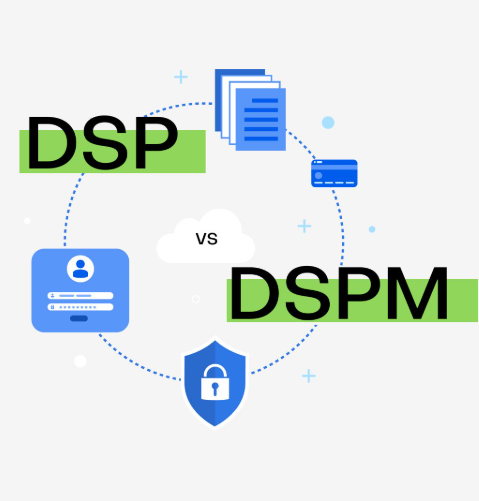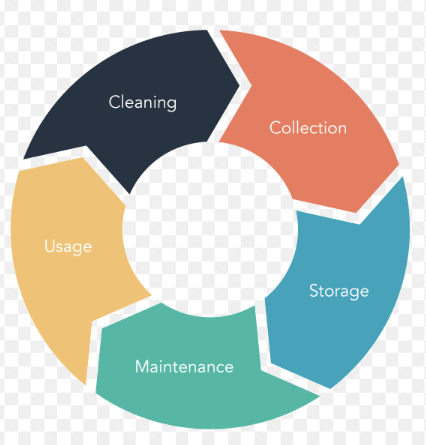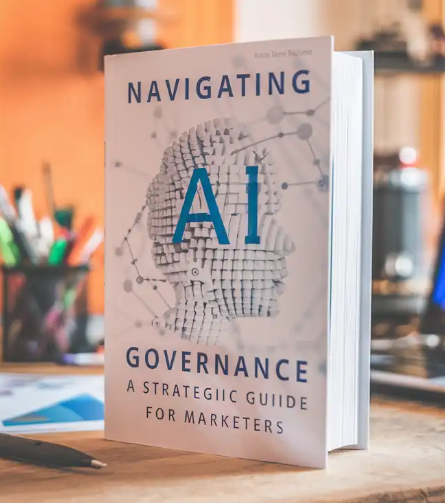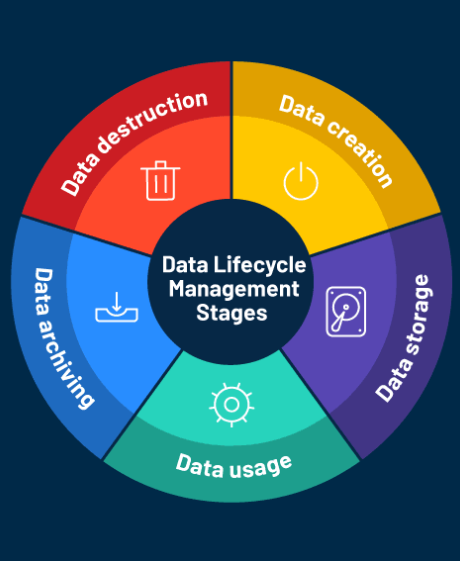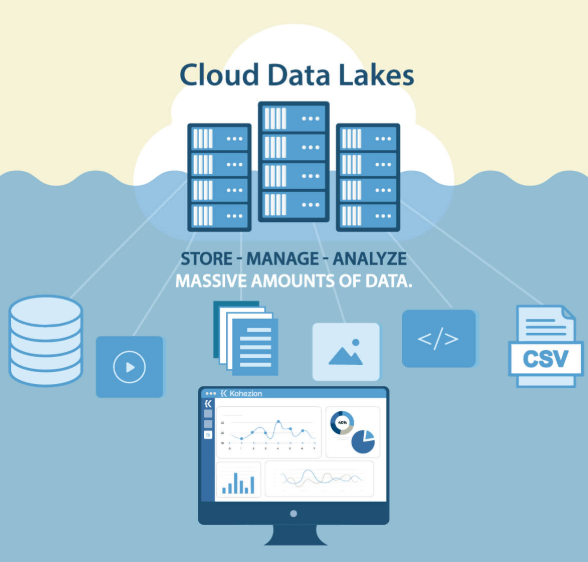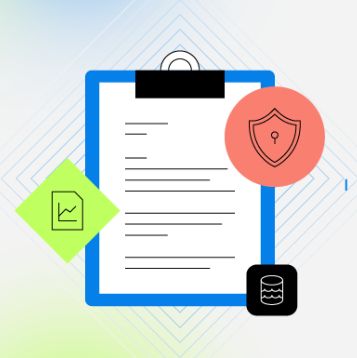
As businesses continue to adapt to digital transformation, managing both structured and unstructured data has become a critical challenge. Traditionally, IT departments focused primarily on structured data, stored in organized formats like relational databases. However, with the rapid growth of unstructured data — from emails and documents to images and social media — organizations are now grappling with new governance issues. This shift is reshaping the roles of Chief Information Officers (CIOs) and Chief Information Security Officers (CISOs), requiring them to rethink their data governance strategies.
The Growing Role of Unstructured Data
Unstructured data is now at the forefront of the data revolution, comprising more than 80% of the information businesses generate. Unlike structured data, which is neatly organized in rows and columns, unstructured data comes in various forms: text documents, audio, video, and images, among others. While this data presents significant opportunities, it also creates new challenges, particularly when it comes to security and governance.
The surge in unstructured data has made it a prime target for cyberattacks, including ransomware and data breaches. Traditional governance tools, originally designed to handle structured data, are ill-equipped to manage this growing complexity. This highlights the urgent need for effective governance solutions that can manage both types of data.
Understanding the Divide: Structured vs. Unstructured Data
The divide between structured and unstructured data has deep roots in early enterprise IT systems. Relational databases (RDBMS) were the standard for managing structured data, offering a controlled environment for transactional data. At the time, the management of unstructured data was less of a priority since its complexities and costs weren’t as evident.
Structured data models allowed businesses to easily implement strong governance practices, focusing on data integrity, compliance, and access control. On the other hand, unstructured data, often stored in less organized formats, posed challenges in categorization, tracking, and management.
However, as companies transition to cloud environments and integrate emerging technologies like Artificial Intelligence (AI) and Machine Learning (ML), unstructured data is growing both in volume and complexity. This shift is forcing CIOs and CISOs to rethink their approach to data governance. Ignoring unstructured data governance is no longer an option, as the risks are simply too significant.
Why Governance Needs to Cover Both Data Types
Effective data governance is no longer a matter of securing just structured data. Unstructured data, which often exceeds the volume of structured data, presents unique challenges in security, compliance, and access control. Without the right governance framework, businesses face a higher risk of breaches, legal complications, and operational inefficiencies.
Some of the key governance challenges posed by unstructured data include:
1. Volume:
Unstructured data tends to be massive, generated across different departments and systems, making it difficult to manage.
2. Security Risks:
Since unstructured data is harder to track and monitor, it becomes an easy target for cybercriminals. This makes protecting sensitive information more difficult.
3. Compliance and Legal Risks:
Unstructured data may contain personal information or proprietary data subject to regulations like GDPR, HIPAA, and CCPA. Without proper governance, organizations could face legal and financial repercussions.
4. Access Control:
Managing who can access unstructured data becomes more complicated when data is spread across various platforms, devices, or cloud environments.
The complexity and risks associated with unstructured data governance may be several times higher than those of structured data, demanding greater attention from organizations.
A Unified Approach to Data Governance
Given the growing importance of both data types, it’s essential for businesses to adopt a unified approach to data governance. This means integrating best practices for both structured and unstructured data while using modern technologies designed to handle their respective complexities.
CISOs and CIOs should focus on the following strategies to create an effective, comprehensive data governance plan:
1. Data Classification:
Start by classifying both structured and unstructured data. By understanding the sensitivity and value of each dataset, organizations can prioritize governance actions based on their regulatory obligations.
2. Strong Security Measures:
Implement security solutions that cover both data types, such as encryption, real-time monitoring, and robust access controls. As unstructured data becomes a prime target for cyberattacks, it’s critical to bolster security across all data formats.
3. Cloud-Based Governance Solutions:
Utilize cloud-native data governance tools capable of scaling to meet the growing volume of both structured and unstructured data. Cloud platforms like AWS and Microsoft Azure offer integrated governance features that can handle both types of data effectively.
4. Automation and AI:
Leverage automation and AI to classify, categorize, and manage unstructured data more efficiently. AI can help identify patterns and potential risks, simplifying governance tasks and ensuring compliance.
5. Regulatory Compliance:
Ensure that your data governance strategy addresses evolving regulations like GDPR, HIPAA, and CCPA. Both structured and unstructured data must be managed in compliance with these laws to mitigate legal risks.
Innovating for the Future of Data Governance
As unstructured data continues to grow in importance, businesses must innovate their data governance strategies. Traditional tools designed for structured data need to evolve to address the unique challenges posed by unstructured data. Companies like Informatica, known for managing structured data, are now investing in solutions that can govern both data types with equal efficiency.
For CISOs and CIOs, this is a call to action. The risks of neglecting unstructured data governance are too great to ignore. By investing in the right technologies and governance frameworks, organizations can bridge the gap between structured and unstructured data, enhancing security, compliance, and overall data management in an increasingly complex digital landscape.













